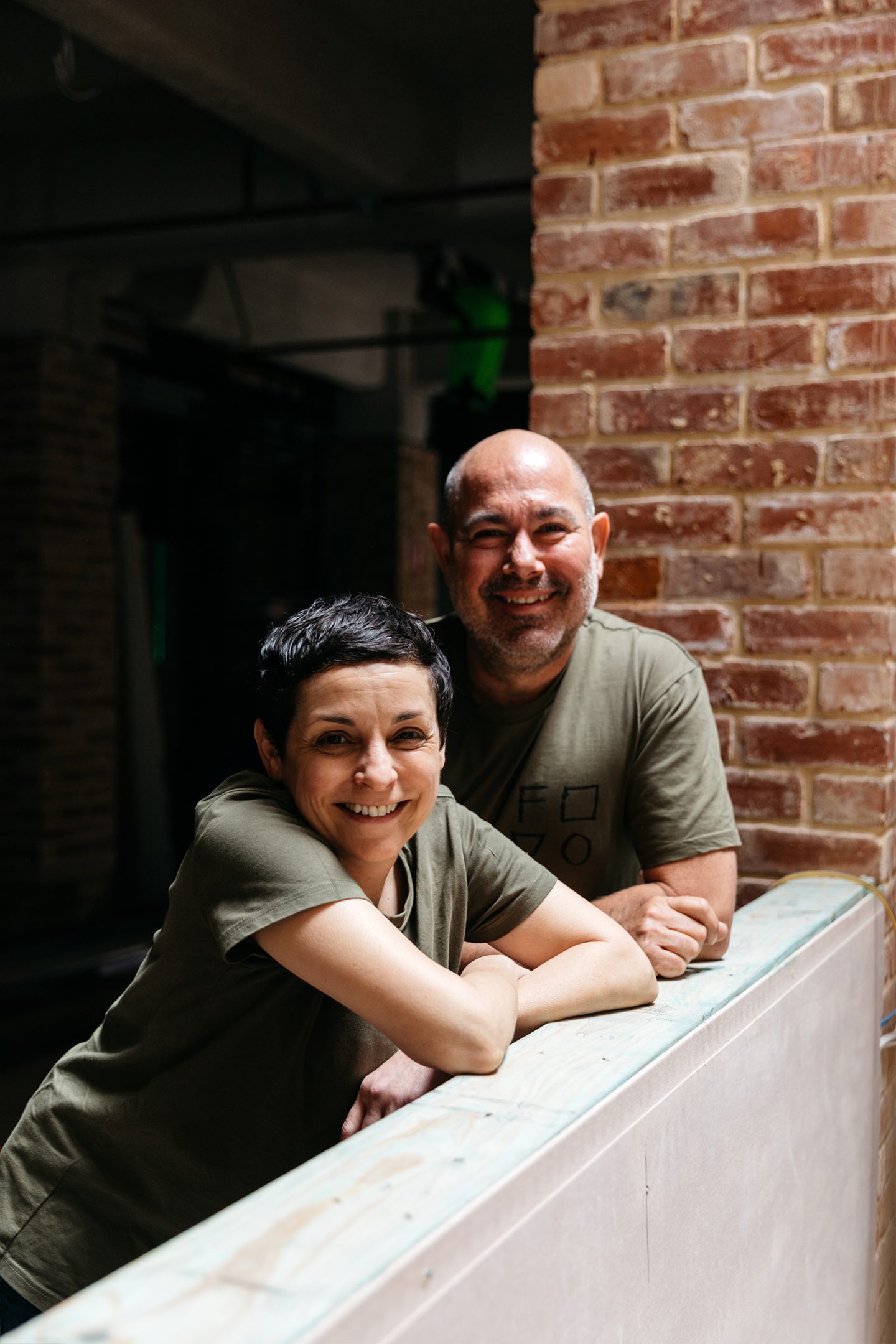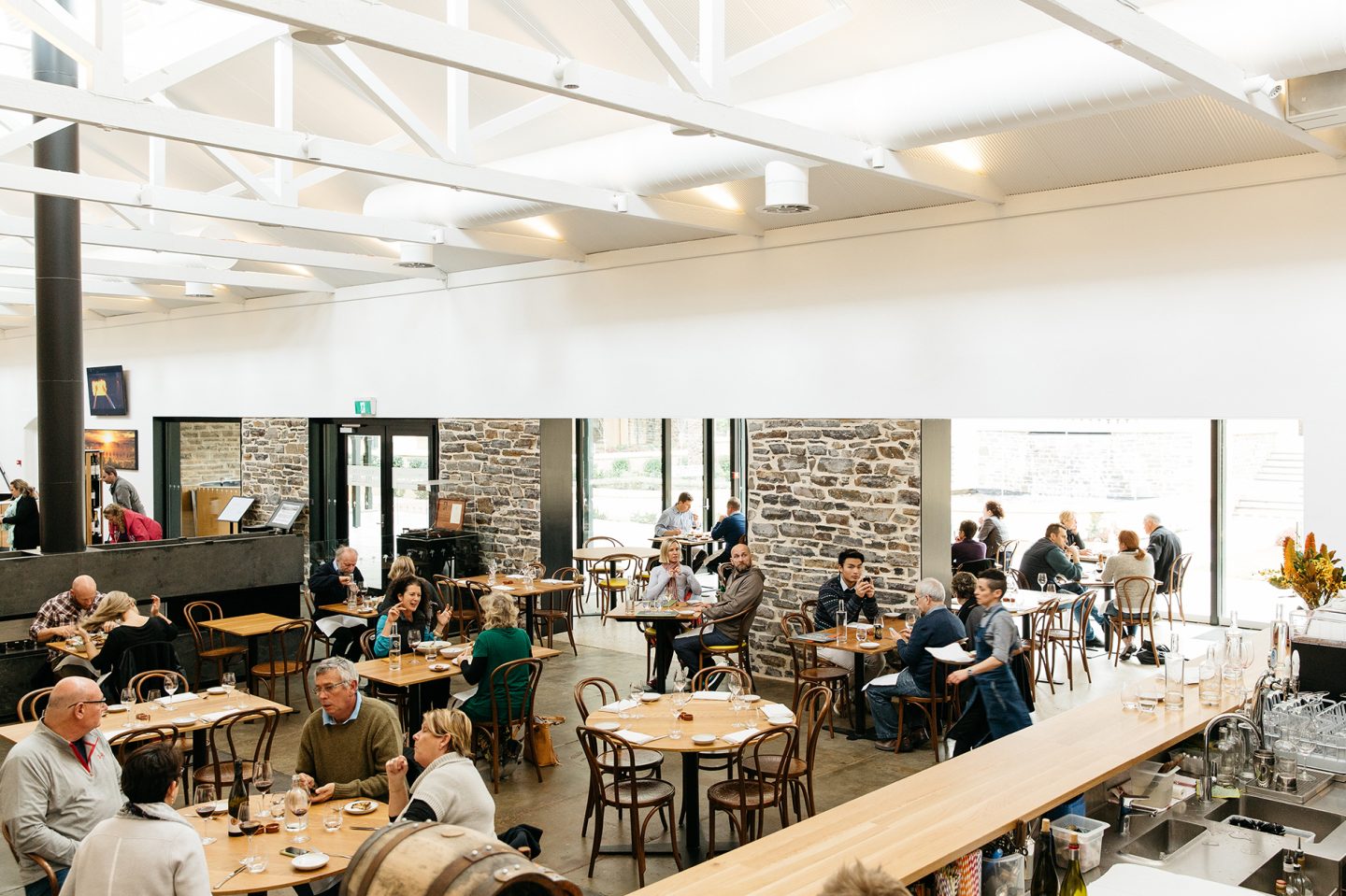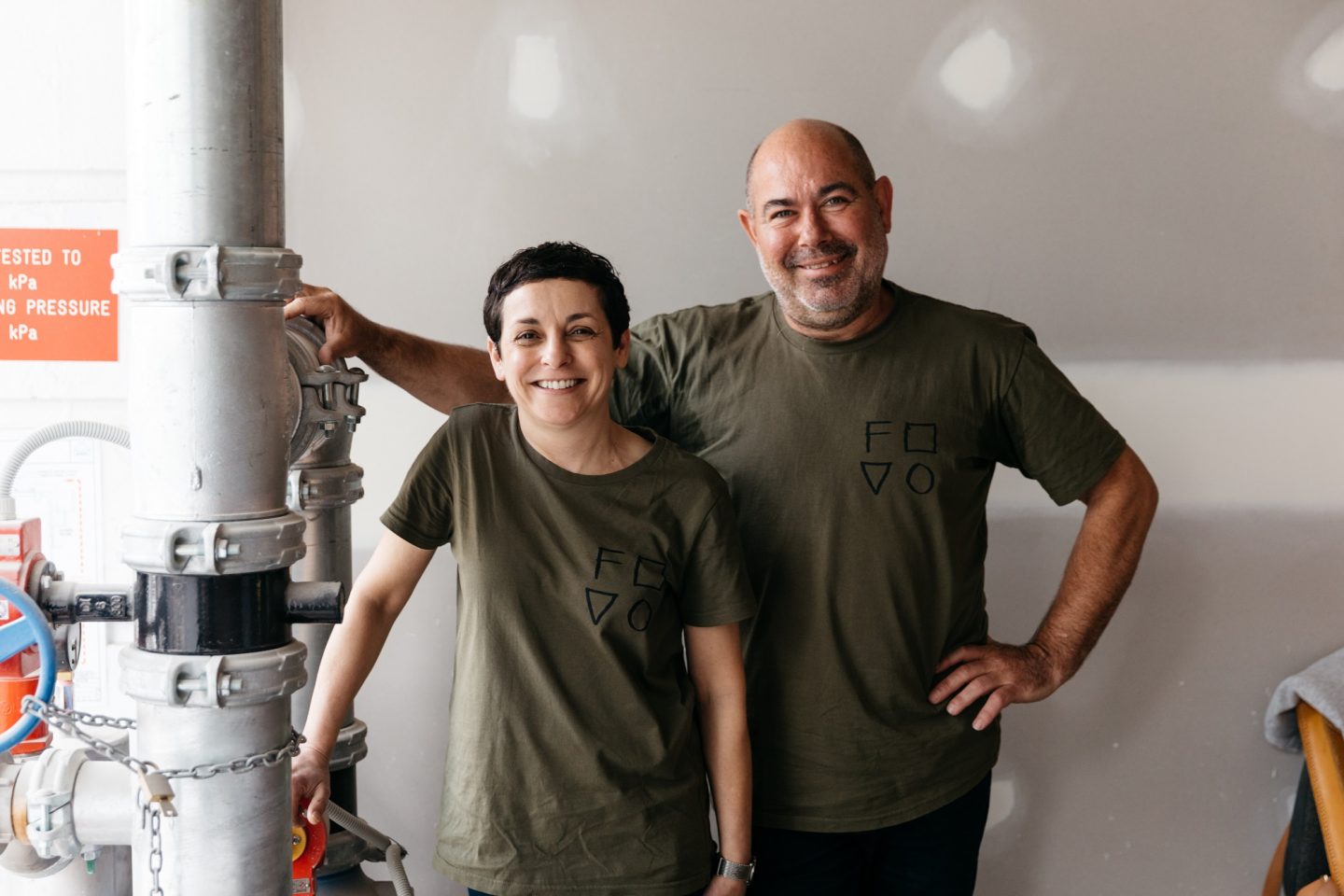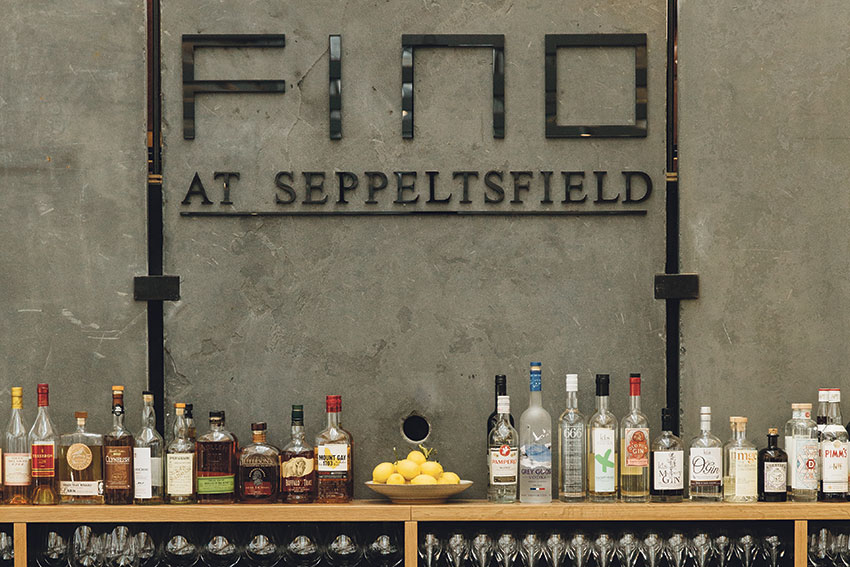Fino Vino's long and winding road to inner-city Adelaide

When Fino Vino opens its doors in time for Christmas it will mark the next stage in a partnership that began over two golden summers at Port Willunga nearly 20 years ago.
David Swain had just started as chef at the Star of Greece, then run by Zanny Twopenny and John Garcia who, in turn, had managed to capture Sharon Romeo from the Oxford Hotel dining room. Together they flicked the switch on something that became totally electric.
“It was an incredible summer, some of the best food I’ve ever cooked,” Swain recalls: “It was so basic but so magnificent,”says Romeo, recalling the squid and whiting caught in front of the restaurant, the mullet and mulloway from not so far away. “We had the worst kitchen ever,” Swain adds, “with a clapped – out four – burner domestic stove.” It was basic but beautiful.
They left at the same time, after just two summers. Swain remembers thinking, “Oh my god, how come we had never met before?” And as they parted, he told Romeo : “One day we’ll do a restaurant together”.
And they did, but it took about six years. They called it Fino and it was in Willunga. It became famous and won them both all sorts of awards. But that doesn’t tell you anything about the long road that took them there, and the unfinished business that they’re about to sort out.
They both started as dishies, the very bottom of the kitchen hierarchy.
When asked how he got into food, Swain says two words: “Ann Oliver.” His wife-to-be Sarah was running front of house for Oliver’s steaming hot Mistress Augustine’s restaurant in North Adelaide. The regular dishwasher hadn’t turned up so Sarah asked Swain, then studying industrial design, to step in.
Then one of the chefs didn’t turn up, and Swain was by then able to take over cold larder and desserts. He describes the period, at the height of what’s been called the golden era of Adelaide restaurants, as “loose, experimental – I found it so exciting and I knew then that I wanted to be a chef. We were creating beauty on a plate … beautiful to eat and to look at, so sensual.
“We had to create everything from ground zero. If you wanted goat’s cheese you had to make it, if you wanted fresh basil you had to grow it.”
He stayed with Oliver for four years then left with Sarah for Europe, where he found traditional French-style cooking boring, the brigade system archaic. All he knew was Oliver’s style of anarchy in the kitchen. But in Barcelona he discovered Spanish provincial food and Spanish style, and he brought some of that home with him.
He worked briefly at Jolleys Boathouse before heading for a longish spell in Melbourne where he worked for five years with the late Jeremy Strode at the Melbourne Wine Room: “He was an incredibly pivotal chef in my career. He taught me the real simplicity of Mediterranean food.”
Another four years passed at Veludo – “the coolest restaurant in town” – where he ended up in charge of four pubs and two restaurants, and burnt out. With two children under five, he and Sarah sought refuge on the more serenely paced Fleurieu Peninsula, where he walked past the tumbledown Star of Greece and wondered if he could buy it. That’s when he met its new owners, Twopenny and Garcia, who were lucky enough to hire him on the spot. And then is when he met Romeo.

Romeo, from a very traditional Calabrian family where growing and cooking food is as important as breathing, started washing dishes at 15 at the local Pizza Hut. She dreamed of being a chef – “I loved food, absolutely loved food” – but when dismissed by a prominent local chef as being “too old” at the age of 16 to be given an apprenticeship, she quit in disgust and, shifting gears rather dramatically, took a Bachelor of Arts majoring in psychology and sociology at Magill campus.
She worked on the floor in restaurants to pay for her studies, then kept on in restaurants because she was so good at it. Maybe that degree helped a bit, being able to read the customer better than most. Though tiny in stature she had great presence – and she worked everywhere: Lemongrass, Scoozi and Cibo with Roberto Cardone; Amalfi then Eccolo with the late George Capoccia, Charlick’s Feed Store with Maggie Beer; she managed the Oxford Hotel dining room; and then she went to Star of Greece.
In the waiting years, when she and Swain waited for the moment to open their own place, there was Café Salsa, Bergerac, Botanic Café, Penny’s Hill and cameo appearances at places like the Italian Club, Magill Estate and Salopian Inn.
So in 2006 when Swain, then chef at the Salopian Inn and helping owner Pip Forrester with other properties under her management, called to tell Romeo he’d “found a place”, it brought together two people with an extraordinary depth of hospitality experience.
With little more than a coat of paint they transformed the Black Duck Cellars at Willunga into Fino – “fine and delicate in Italian,” Romeo says. Swain wanted to cook simple, regional peasant food. He had no choice – for the first year and a half all his cooking was done over coals in a half 44 gallon drum. There was no stove, no menu, no wine list. Trust us, they said, and the local community, family and friends all did.

As at the Salopian Inn, Swain had an open back kitchen door into which rolled ute loads of green walnuts, buckets of artichokes and broad beans, white peaches from Tony Brooks and ancient varieties of apples from neglected orchards.
“It was honest food,” Romeo says. “Simple, rustic food with real flavour, with David’s delicate hand and finesse. That’s what Fino was to me.”
The awards came, for every aspect of the restaurant, but that brought change: “When we were named Restaurant of the Year a whole lot of people we didn’t know arrived and the old way didn’t work as well.”
There was a drought in 2007, then the GFC: “Most of our mid-week clients were wine people, and suddenly they were having a really hard time and couldn’t afford to dine out as they did,” Swain says. There would be days midweek when David and Sharon would look at each other and ask themselves, “Where are the customers?”
Warren Randall, then very much McLaren Vale-based, was a loyal customer. When he had the idea of buying Seppeltsfield he tried to interest them in running a restaurant there. It took a couple of years for Randall’s ideas to gel into a definite proposal. By then Fino’s lease was starting to run out, the place needed major investment and, fundamentally: “We felt we couldn’t take Fino any further, we had no room to grow,” Swain says. It was time to move on and, as Romeo adds, they had nothing to lose.
Fino Seppeltsfield was to become another story. With 150,000 visitors a year, many of them hungry and entranced by Swain’s regional cooking, it has been an enormous success and a pivotal part of the Seppeltsfield renaissance engineered by Warren Randall.
With head chef Sam Smith, who’d had five years with them at Fino Willunga, more than able to run the show, Swain and Romeo now feel able to return to the Fino dream, but in contemporary style.
“We haven’t finished our journey,” Swain says. “We haven’t yet given the Adelaide public everything that we wanted. And that’s why we needed a new venture. Dining has changed so much over the last decade. There’s a new era of dining happening now in Adelaide and it’s providing a new impetus.
“We don’t want to create just a new restaurant or bar, we’re not planning to follow the traditional model. It’s gone beyond just eating.” For Romeo, it’s very simple: it’s about conviviality, community, relationships and enjoyment: “And being on a journey – I’ve always loved taking people on a journey.
“More for us to do. David and I have a partnership that works. We have worked together beautifully for 13 years. What we created at Fino was so personal, so authentic, it came from our hearts. Now we’re a little older and wiser and it will be different. But it’s all because of Fino.”
Fino Vino
82 Flinders Street, Adelaide
facebook.com/finovinoadelaide
Opening December 2019
